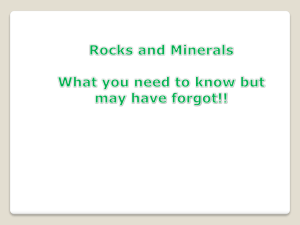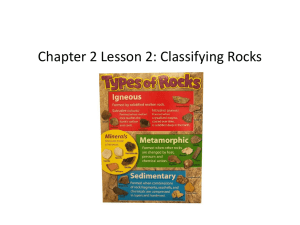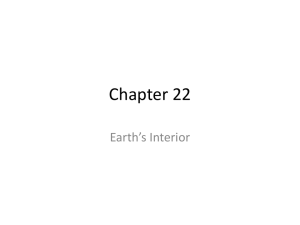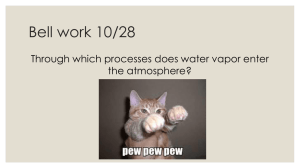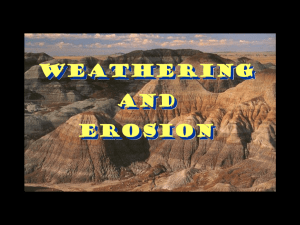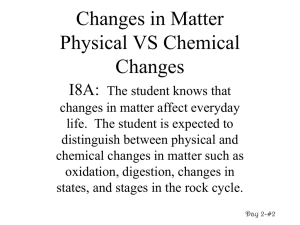Sedimentary Rocks
advertisement
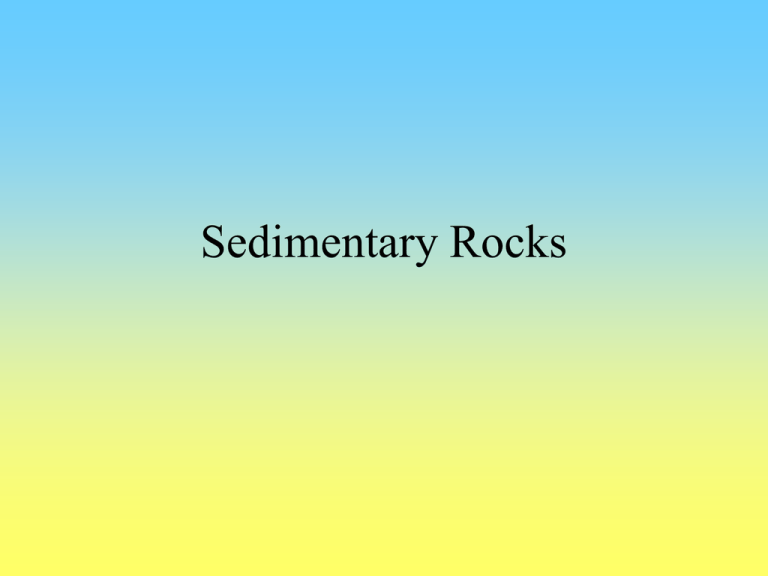
Sedimentary Rocks Clastic vs. Non-clastic • Sedimentary rocks in two major groups • Clastic (detrital) – Composed of fragments of silicate minerals (mostly quartz and clay) – Name largely determined by the grain size (see handout) • Non-clastic – Composed of various minerals (usually just one) – Name largely determined by the composition Clastic (detrital) • Coarse grained (> 2 mm) – Conglomerate (rounded pieces) – Breccia (angular pieces) • Medium grained (<2 mm but still visible) – Quartz sandstone (mostly quartz) – Arkose (abundant feldspar – often pink) – Greywacke (much clay – often dark in colour) • Fine grained rocks (cannot see ind. grains) – All “mudrocks” – Siltstone (gritty), shale (splits easily), claystone (smooth, slippery feel) Non-clastic • All one mineral (usually) • Often “crystalline” (visibly so or VERY smooth (with conchoidal fracture) • Named according to mineral present (use hardness and reactivity to HCl) – H > glass, no HCl reaction: mineral is chalcedony, rock is chert – H ~ penny, no HCl reaction: mineral is dolomite, rock is limestone (dolomitic) – H ~ penny, HCl reaction: mineral is calcite, rock is limestone – Penny > H > fingernail, salty taste, no HCl reaction: mineral is halite, rock is Rock salt – H < fingernail, no HCl reaction: mineral is gypsum, rock is Rock gypsum Doing the lab – CaCO3? • Test with HCl (acid). • Fizz means calcite present. – If it’s all calcite – rock is non-clastic • Be careful to note if the rock is dominantly calcite or just partly (i.e., is the rock all calcite, a limestone, or just random parts, e.g., a calcite cemented sandstone) Doing the lab – C or NC • C: is the rock clastic; i.e., composed of discrete particles (grains) of silicate material (quartz, feldspar, clays, etc.)? • NC: is the rock non-clastic; i.e., all one mineral, probably a non-silicate, and probably crystalline? Doing the lab – Grain size • Only applicable to clastic rocks (i.e. with nonclastic rocks say “not applicable” or “n.a.”) • Coarse grained (c.g.): > 2 mm • Medium grained (m.g.): vis. grains to 2 mm • Fine grained (f.g.): gritty on teeth • Very fine grained (v.f.g.): slippery to feel (probably with an earthy smell) • HINT: The higher the clay content of clastic rock the darker the colour. Doing the lab – Components • What makes up the rock – Grains? (Sand, silt, pebbles, …) – Of what? • A single mineral? • Multiple components? •… Sorting • Only applicable to clastic rocks (for non-clastic rocks say “n.a.”) • Fine-grained (and v.f.g.) rocks are too fine to see the sorting. Say “too fine to see” or “n.d.” • Two kinds of sorting – Compositional • Well = composed of only one component • Poor = mix of several different components – Size • Well = all grains are same size • Poor = grains are all sizes • Compositional and Size sorting usually go handin-hand Other features • Include: – – – – – Fossils Salty taste Obvious bedding/laminations Ooids (oolites) … Name • Use – Handout chart – Book – Wall poster Questions?

